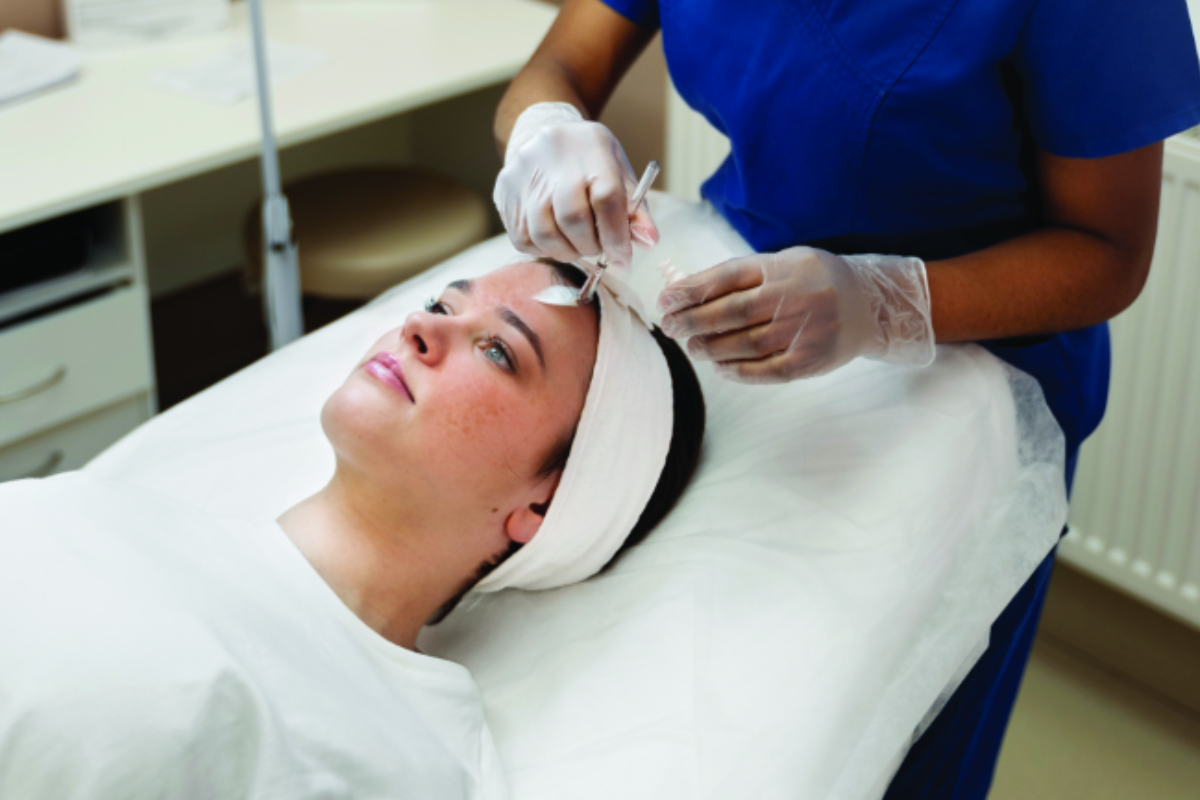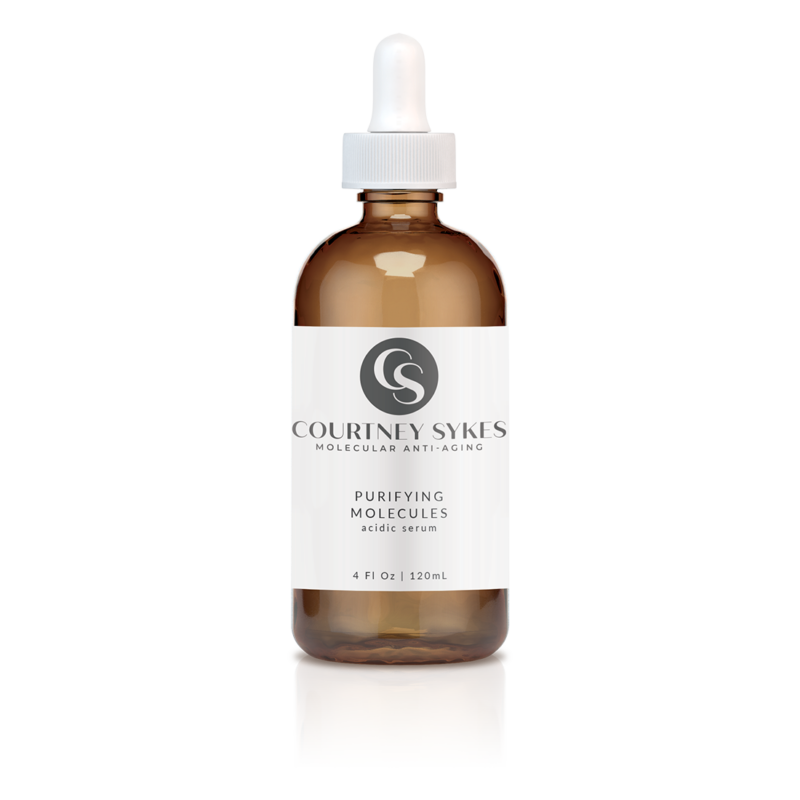Subtotal: $69.00
Decoding Hyperpigmentation

A thorough understanding of pigmentation disorders and causes is paramount for long-term success in the treatment room. By understanding various causes of hyperpigmentation and skin discoloration, along with a deep knowledge of ingredients that both lighten and brighten skin (and their sequential level of importance in the client care plan), skin care professionals can effectively treat these conditions and provide their clients with the visible results they deserve.
Hyperpigmentation is characterized by dark patches or spots on skin. This can look like freckles or lentigos but also like larger, irregular patches of discoloration on various areas of the body. There are numerous intrinsic and extrinsic causes of skin discoloration, and the underlying causes require different levels of treatment plans.
CONTRIBUTORS
Excessive exposure to ultraviolet (UV) radiation from the sun is one of the most common causes of hyperpigmentation, along with being an extrinsic factor of aging. Ultraviolet radiation triggers an increase in melanin production, resulting in darkening of skin. While some amount of exposure to sunlight is necessary for healthy skin and vitamin D production, too much sun exposure has detrimental and long-term cellular aging effects. For this reason, it is important that clients apply sunscreen with a sun protection factor of 30 or higher daily. Additionally, wearing protective clothing, such as wide-brimmed hats and sunglasses, can help protect clients’ skin from overexposure to ultraviolet rays. The consistent advocacy for sun protection by skin care professionals is key to engraving this understanding into the minds of clients.




